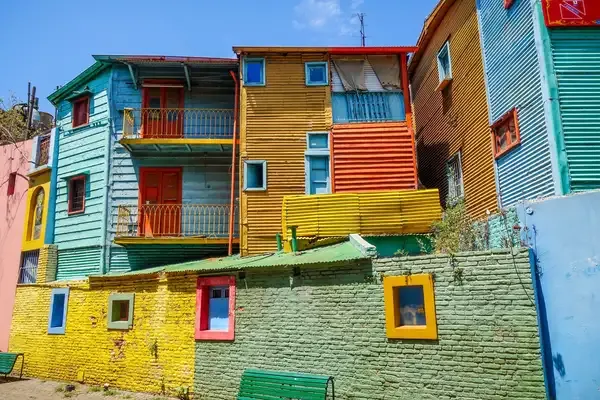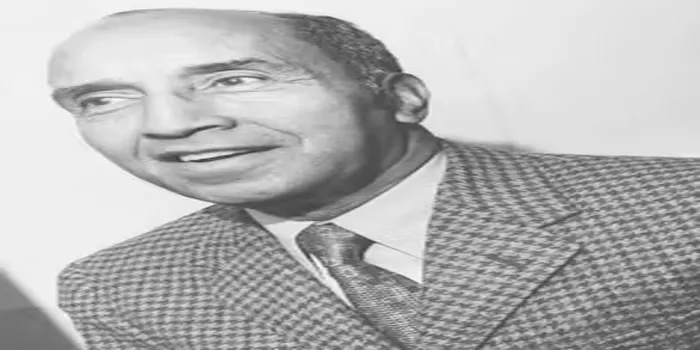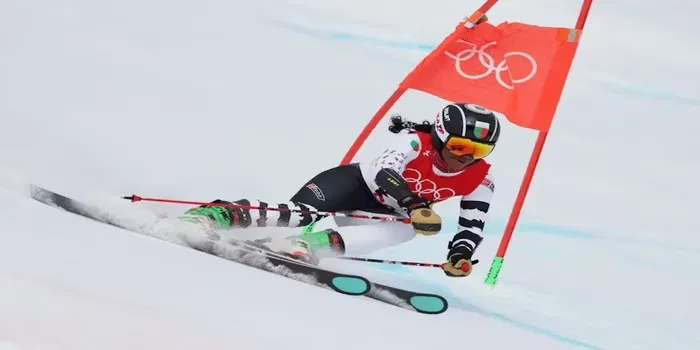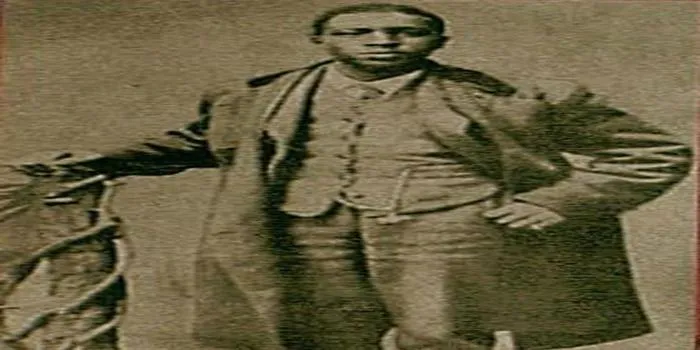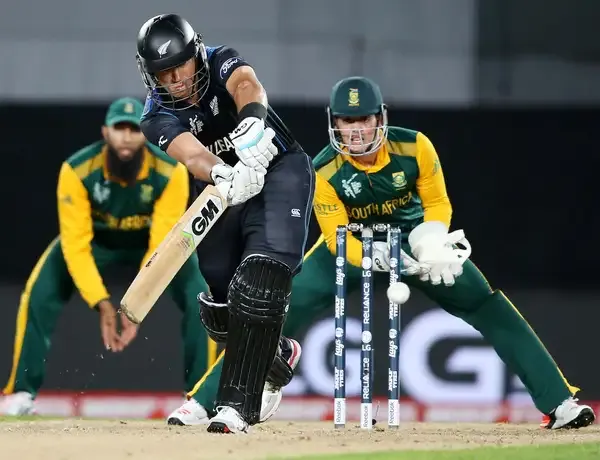- Home >
- Sport
- > Activities
How snowboarding became a marquee event at the Winter Olympics – but lost some of its cool factor in the process
Snowboarding emerged as a thrilling highlight of the Winter Olympics, captivating audiences with its dynamic style and athleticism. Initially embraced for its rebellious spirit and cultural roots, the sport began to lose some of its edginess as it became mainstream and commercialized within the Olympic framework. Similarly, cities like New York, known as "The Big Apple," have fascinating origins for their nicknames, often reflecting unique historical or cultural elements that contribute to their identities.
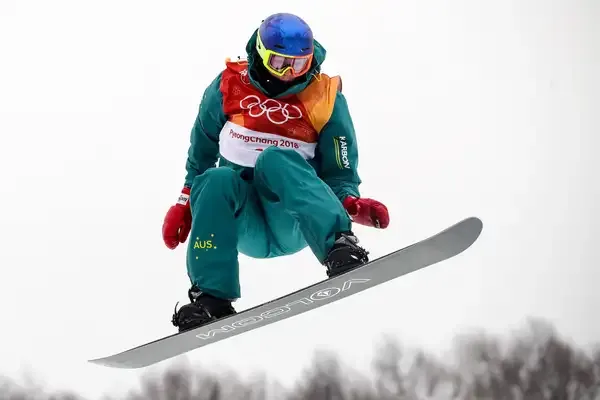
Snowboarding has come a long way since its inception in the 1960s and 1970s, evolving from a niche sport into a major spectacle at the Winter Olympics. The journey to becoming a marquee event was not without its challenges, and along the way, many enthusiasts believe it has lost some of its original cool factor. This article delves into how snowboarding became a highlight at the Winter Games and examines the implications of its rise in mainstream popularity.
The Rise of Snowboarding in the Olympics
Snowboarding made its Olympic debut at the 1998 Nagano Winter Games, with events like the halfpipe and giant slalom. This marked a significant milestone, as snowboarding was one of the first action sports to be included in the Olympics, appealing to younger audiences and showcasing a different athletic aesthetic compared to traditional winter sports.
The inclusion of snowboarding in the Olympics was a strategic move by the International Olympic Committee (IOC) to attract a younger demographic. The sport's daring tricks and unique culture made it a perfect fit for the Olympic spectacle, drawing in audiences who might not typically watch winter sports. Over the years, additional events such as snowboard cross and slopestyle were added, further cementing the sport's place in the Winter Olympic lineup.
Chart: Snowboarding Events at the Winter Olympics
| Year | Events Introduced | Notable Athletes |
|---|---|---|
| 1998 | Halfpipe, Giant Slalom | Ross Rebagliati |
| 2002 | Snowboard Cross | Michelle Parker |
| 2010 | Slopestyle | Shaun White |
| 2014 | Parallel Giant Slalom | Jamie Anderson |
| 2018 | Big Air | Chloe Kim |
The Changing Culture of Snowboarding
As snowboarding transitioned from the slopes to the Olympic stage, its culture began to shift. In the early days, snowboarding was synonymous with rebellion, freedom, and an anti-establishment ethos. It was a sport that celebrated individuality and creative expression, often attracting a community of free spirits and misfits.
However, as the sport gained popularity and sponsorship from major brands increased, some longtime enthusiasts began to feel that the essence of snowboarding was being diluted. The pressure to conform to Olympic standards and the commercialization of the sport led to a more sanitized image, which contrasted starkly with its grassroots origins.
Commercialization and the Loss of Authenticity
With the rise of snowboarding as a mainstream sport, commercial interests began to dominate. Big brands and corporate sponsors invested heavily in athletes and events, leading to a more polished image. While this influx of funding has undoubtedly improved facilities and training opportunities, it has also contributed to a perception that snowboarding is now more about marketing than authentic expression.
This commercialization has resulted in a more streamlined, competitive landscape, where the focus is often on winning medals rather than the thrill of riding. The pressure to perform and secure sponsorships has changed the motivations for many athletes, who now find themselves navigating a complex web of endorsements and public relations.
The Balancing Act: Maintaining the Spirit of Snowboarding
Despite these changes, there remains a dedicated community of riders committed to preserving the spirit of snowboarding. Events outside the Olympic framework, such as grassroots competitions and film projects, continue to foster the original culture of snowboarding. These initiatives aim to remind fans and athletes alike that snowboarding is about passion, creativity, and the love of riding.
Moreover, the advent of social media has allowed individuals to share their experiences and promote their unique styles outside the traditional competition format. This has enabled a new generation of snowboarders to express themselves creatively and connect with others who share their passion for the sport.
Conclusion: A New Era for Snowboarding
Snowboarding's journey to becoming a marquee event at the Winter Olympics has undoubtedly elevated its profile and brought it to a broader audience. However, this rise in popularity has not come without consequences, as many feel it has lost some of its cool factor in the process. As the sport continues to evolve, it is crucial for both athletes and fans to find ways to maintain the authentic spirit that initially captured the hearts of so many.
In the end, snowboarding remains a dynamic and exciting sport, and its inclusion in the Olympics serves as both a celebration of its achievements and a reminder of the importance of preserving its unique culture. By balancing the demands of commercial interests with the desire for authenticity, snowboarding can continue to thrive in the competitive landscape of winter sports while staying true to its roots.

